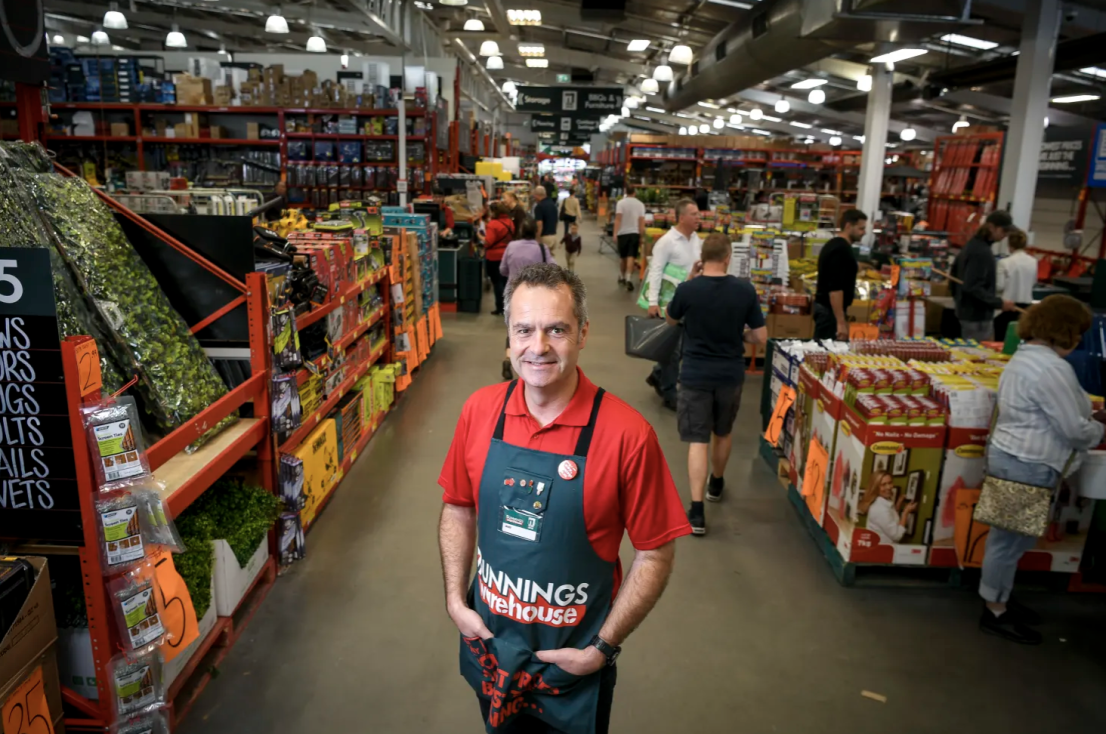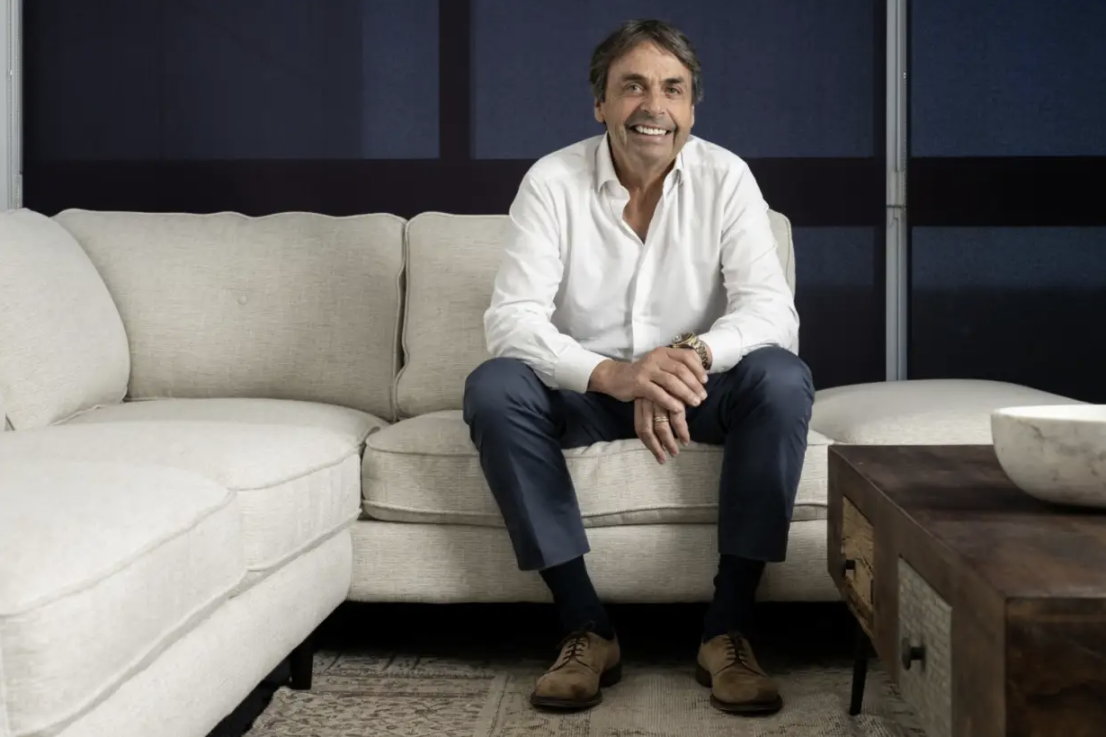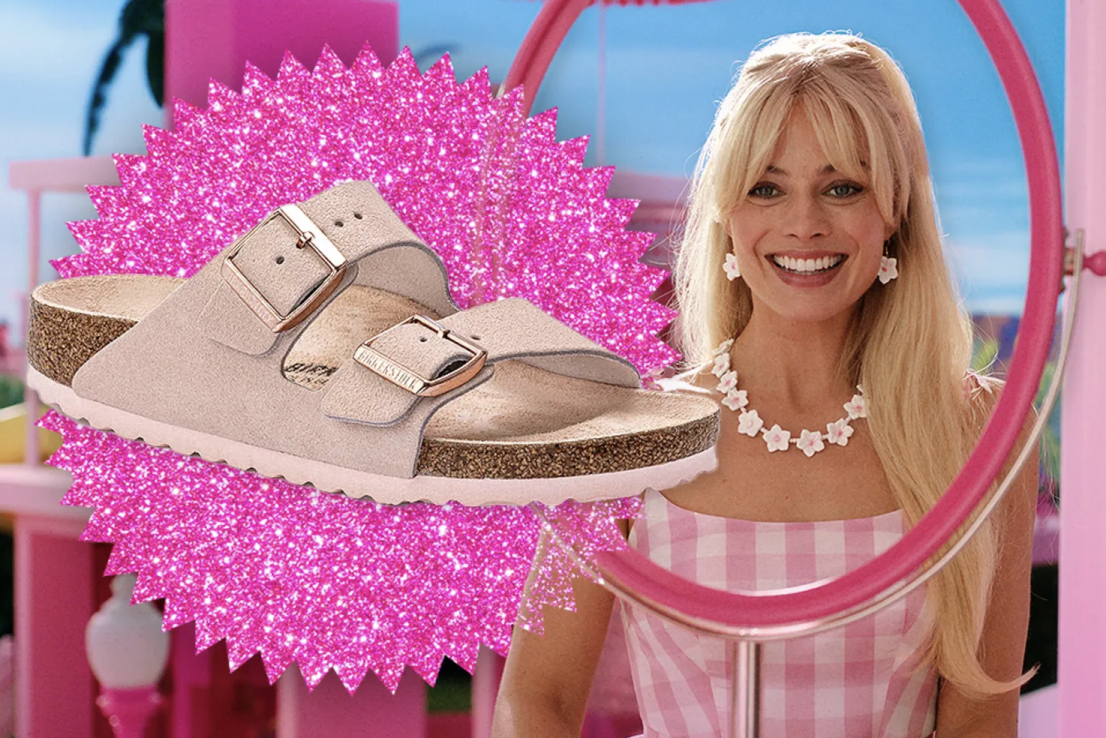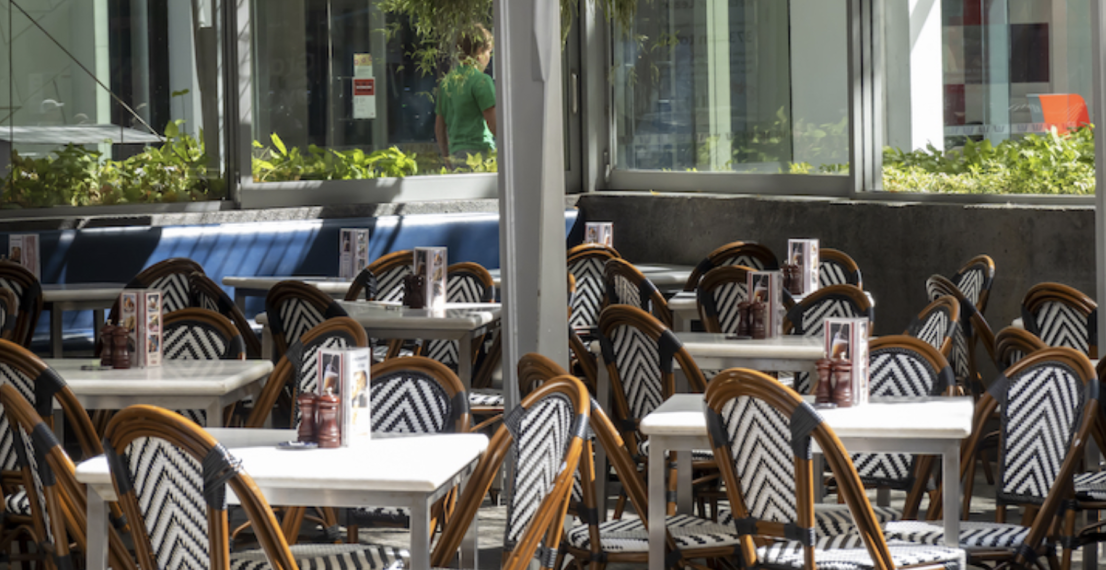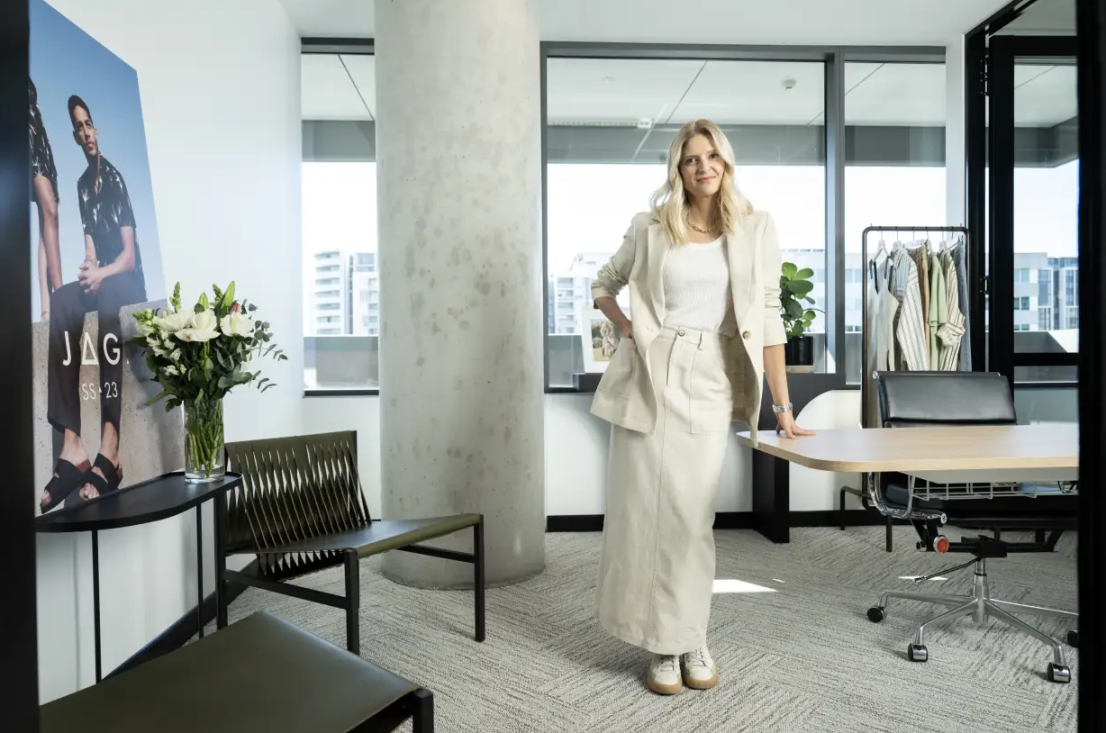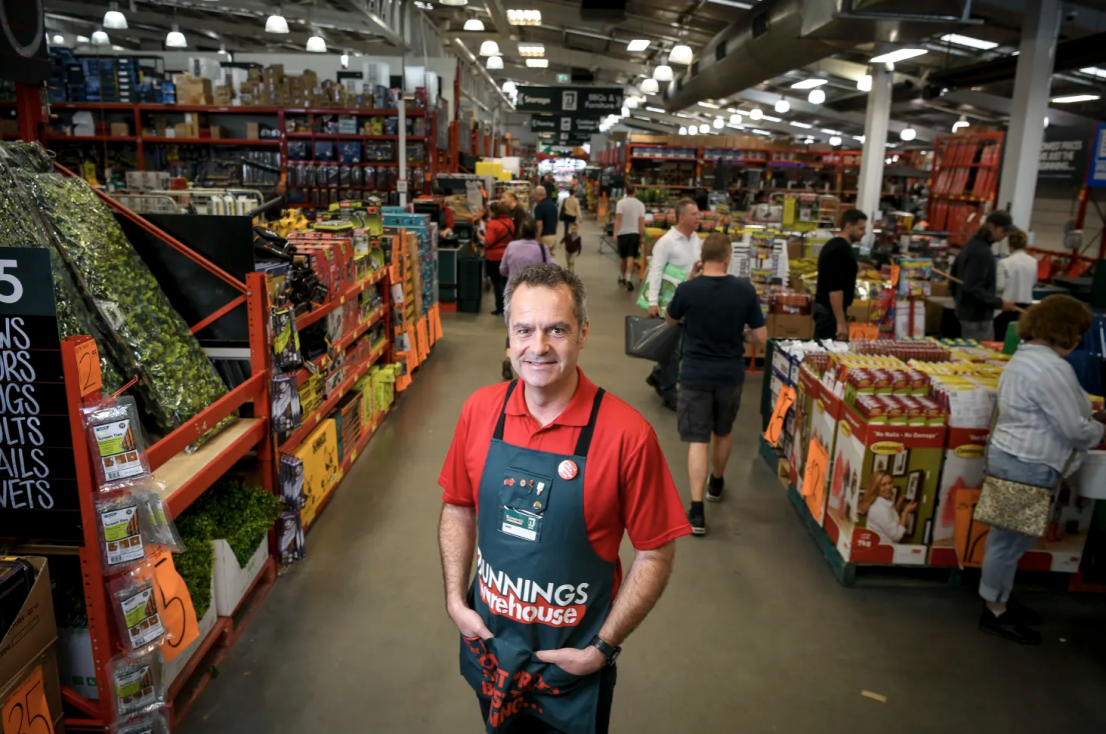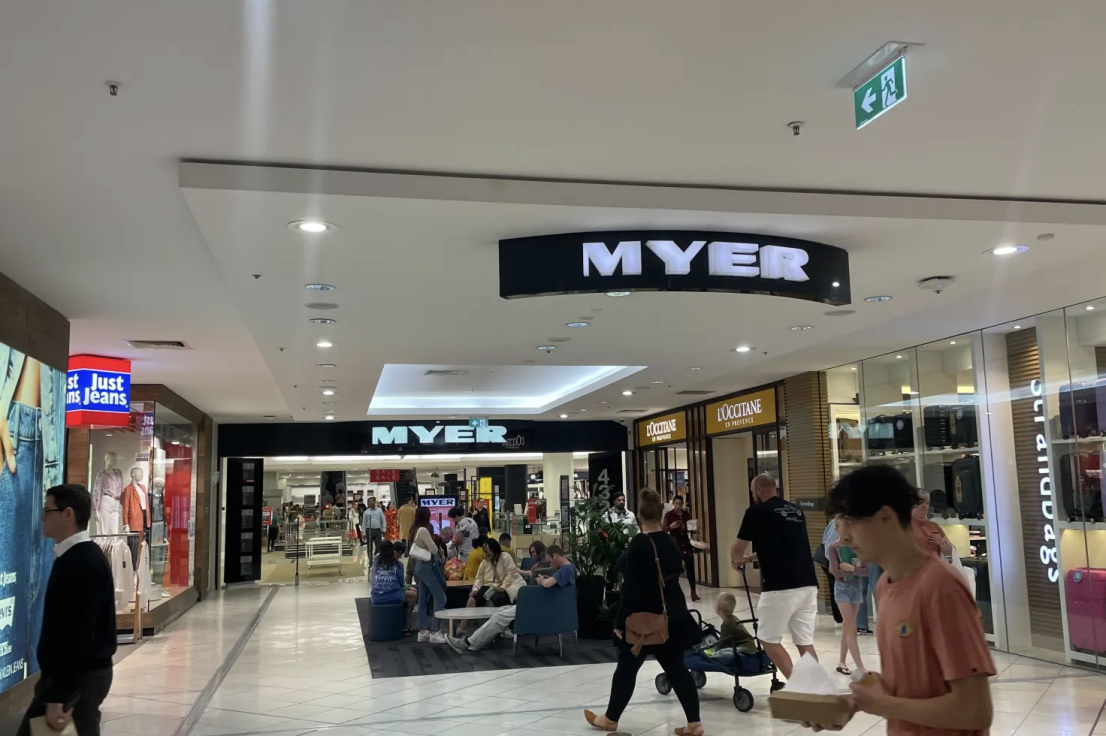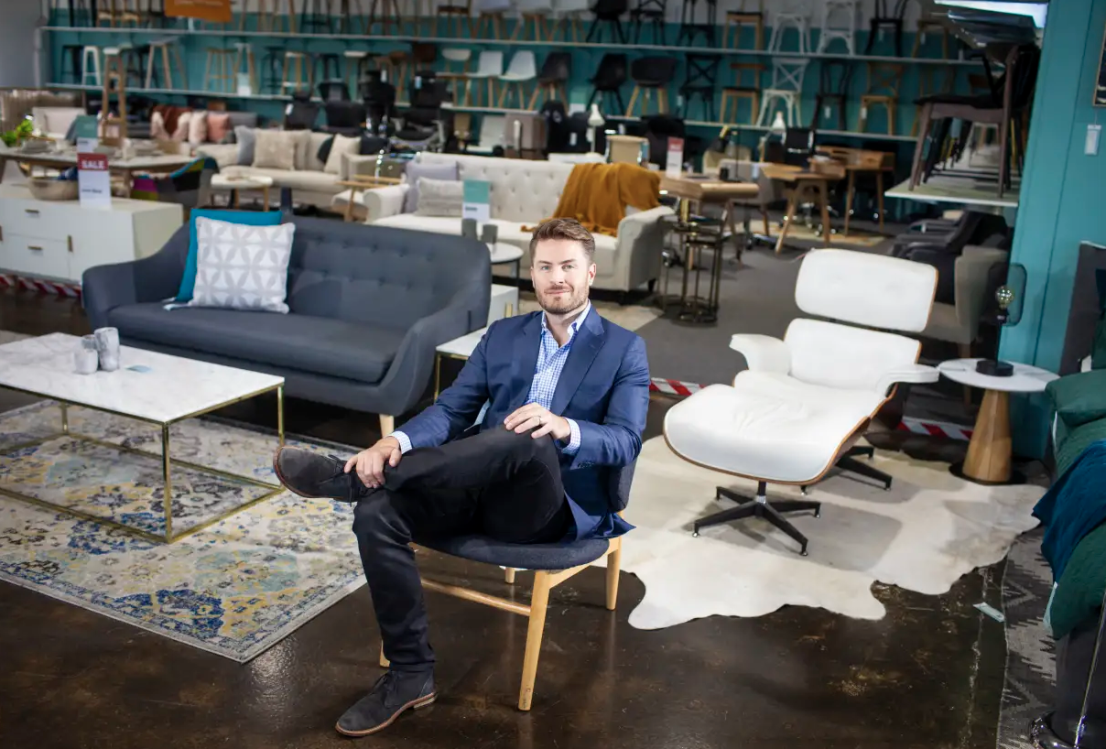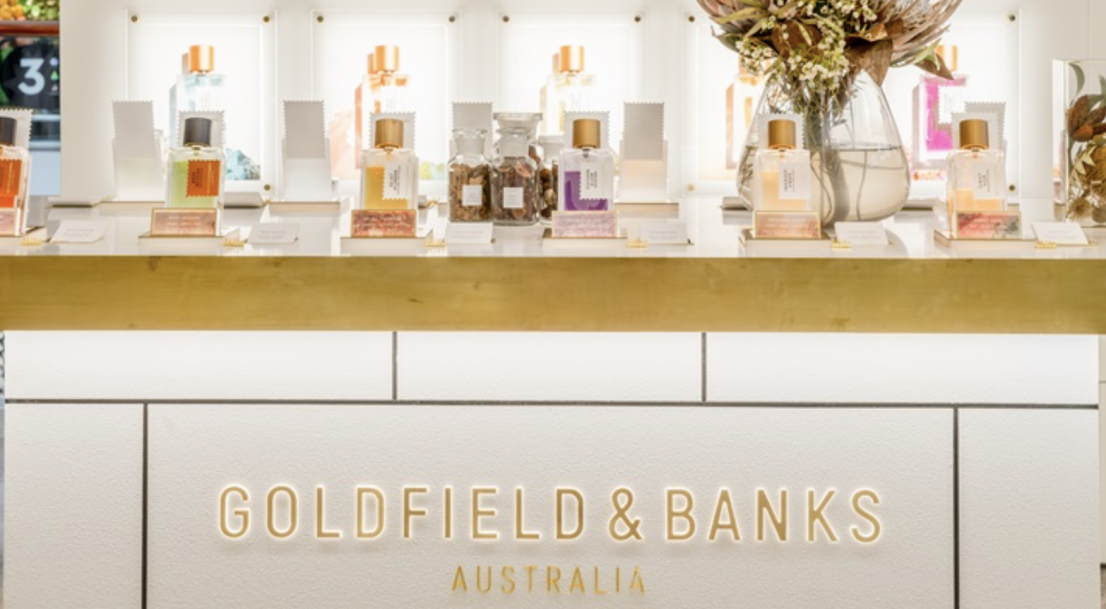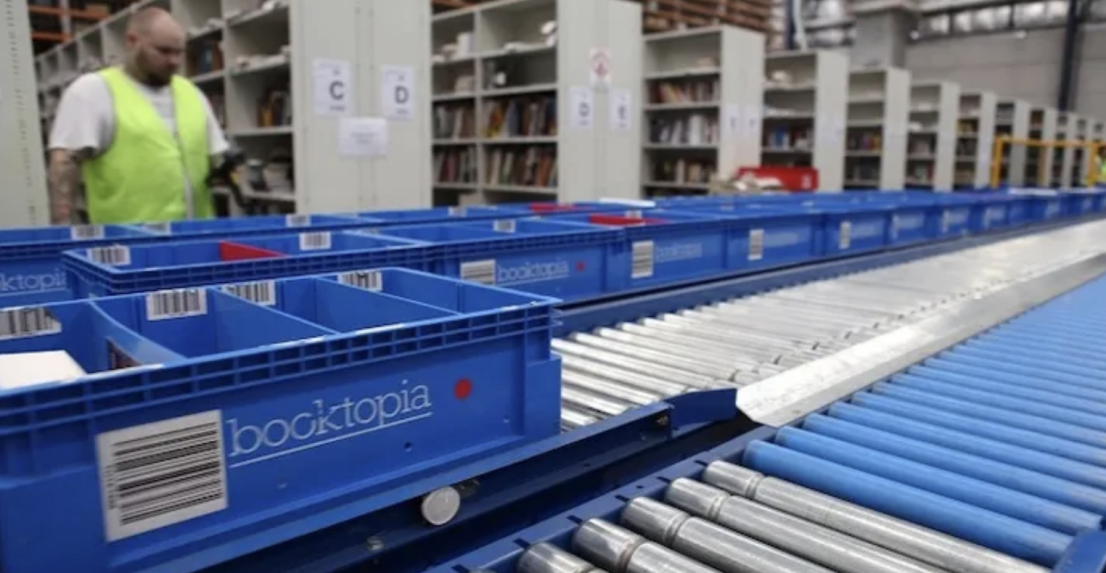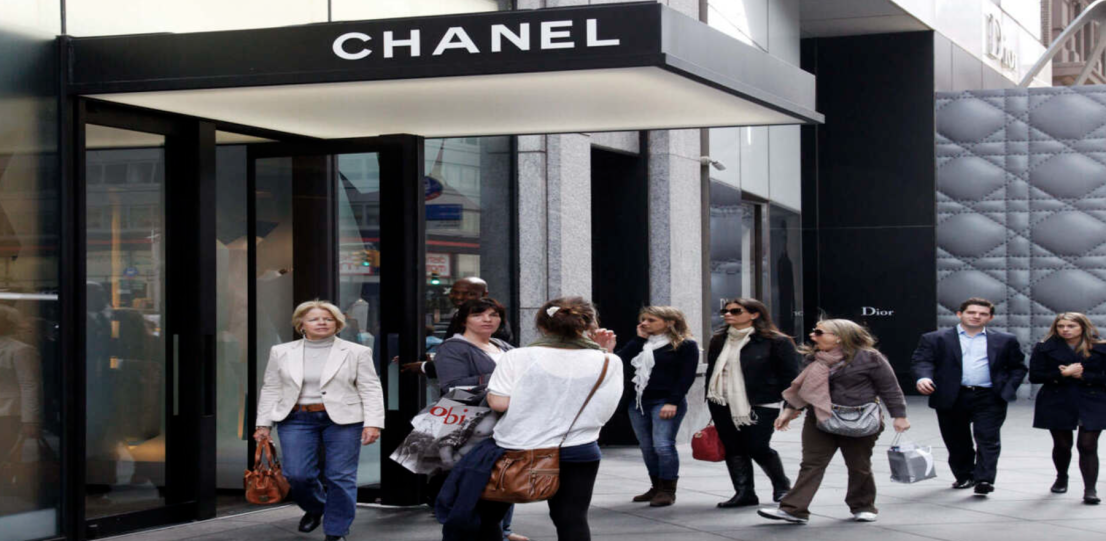
Australian-born online retailer Princess Polly is expanding its wholesale agreement with US retailer PacSun to 100 stores, as its parent company AKA Brands reports economic challenges in Australia.
Princess Polly signed the wholesale agreement in May this year, starting with 15 PacSun stores that would carry up to 50 Princess Polly styles. PacSun operates 350 stores across the US market.
The Australian fashion brand is also on track to open its first store in Los Angeles next month.
AKA Brands CFO and interim CEO Ciaran Long said Princess Polly’s wholesale growth marks part of an overall strategy.
“Importantly, we are increasing our total addressable market, particularly in the U.S., by introducing our brands to new customers through direct to consumer and omnichannel initiatives,” AKA Brands CFO and interim CEO Ciaran Long said.
“Looking ahead, we remain laser focused on chasing consumer demand, driving greater operational efficiencies and strengthening the balance sheet by paying down additional debt through the remainder of the year.
“We remain confident in the future of our brands and our business model and are committed to driving shareholder value.”
AKA Brands reported a net sales decrease of 14.2% to US$136 million for the second quarter ended June 30, 2023, compared to $158.5 million in the second quarter of 2022.
The decrease was driven by a decline in the number of orders and average order value during the quarter, AKA claimed, primarily driven by adverse macroeconomic conditions in Australia.
In the quarter, its Australian sales were down 28.4% to $48 million on the same period. Compared to the 2021 second quarter, Australian sales were down 31.1% from $69.7 million in Q2 2023.
AKA Brands’ US market saw a drop in sales of just 2.8% to $79.9 million in Q2 this year compared to last year.
The group’s overall net loss was $5 million and negative 3.7% of net sales in the second quarter of 2023, compared to a net loss of $4.2 million and negative 2.7% of net sales in the second quarter of 2022.
Adjusted earnings before interest, tax, depreciation and amortisation (EBITDA) was $5.6 million, or 4.1% of net sales, compared to $5.9 million, or 3.7% of net sales in the second quarter of 2022.
“We continue to execute against our strategic initiatives and have made significant improvements in our operating efficiencies, which enabled us to deliver on our adjusted EBITDA and cash flow expectations for the second quarter,” Long said.
“I’m also pleased that we continued to strengthen our balance sheet by way of strategically reducing inventories, which were down 16% since the end of fiscal 2022, and we paid down $12.5 million of debt in the quarter.
“The U.S. performance was in line with our expectations, registering $80 million of net sales in the second quarter and delivering 12% growth on a two-year basis.
“Despite the inline performance in the U.S., our overall net sales were dampened by continued macro pressures and consumer challenges in Australia.”
Meanwhile, Australian-born brand Culture Kings, also under AKA, has struck recent partnerships with Rolling Loud music festival and the Ultimate Fighting Championship, and is reporting a strong performance in its Las Vegas flagship opened in November 2022.
Culture Kings operates seven stores in Australia, and one store in New Zealand.
AKA’s third Australian-born subsidiary, fashion retailer Petal & Pup, is exceeding expectations on the US Target marketplace according to the group, and is currently exploring additional omnichannel tests.
The fashion group also owns US fashion brand mnml, which AKA claims is a top 10 brand at Culture Kings and continues to leverage the Australian streetwear brand for new customer acquisition and marketing activations.


